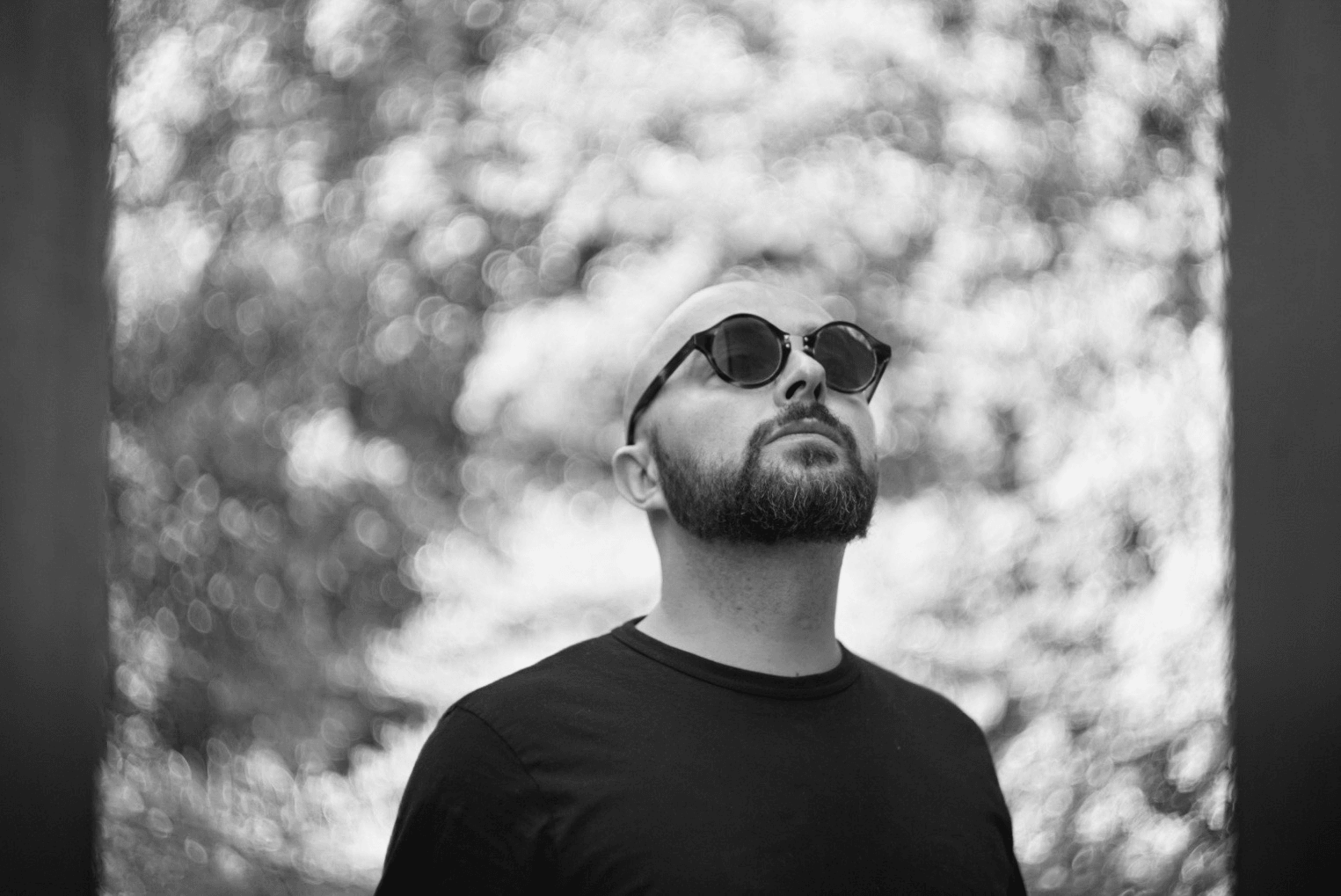Today we’d like to introduce you to Manuel Muñoz Gomez Gallardo
Hi Manuel, so excited to have you on the platform. So before we get into questions about your work-life, maybe you can bring our readers up to speed on your story and how you got to where you are today?
I was born in Mexico City in 1982, into a family deeply rooted in the arts, architecture, and design. Growing up in such an environment naturally influenced my path, leading me to pursue art from a young age. My journey took a significant turn when I moved to London to study at Chelsea College of Arts and Design. Despite the challenges of adapting to a new culture and language, I graduated with honors and became the first Mexican member of the Royal Society of Sculptors. This experience was transformative, broadening my artistic vision and laying the foundation for my future work.
After many years in Great Britain, I returned to Mexico with a desire to connect more deeply with my roots and contribute to my home country. My work brought me to the rugged landscapes of Sonora, where I began collaborating with a mining company. Here, I repurposed industrial materials into monumental sculptures, creating art that speaks to the land’s history and resilience. One of my most significant projects is “Crómlech” in Nacozari de García, a large-scale installation that symbolizes the regeneration of the land through its blend of industrial and natural elements.
Today, I live and work in Mexico City, continuing to explore the intersection of art, nature, and human experience. My sculptures aim to foster a deeper connection between people and their environment, encouraging reflection and appreciation for the natural world.
I’m sure it wasn’t obstacle-free, but would you say the journey has been fairly smooth so far?
The journey has certainly not been smooth. Moving to London In my early twenties without speaking much English without a doubt was a challenge. Adapting to a new culture and academic environment required resilience and determination. Returning to Mexico and working in Sonora posed its own set of challenges. Collaborating with a mining company and convincing stakeholders to see the value in transforming industrial remnants into art was a significant hurdle. The remote and isolated location of Cananea was also a challenge, far removed from the urban environments I was accustomed to.
One of the biggest struggles was earning the trust of the local community and the company. I had to persistently advocate for the social and environmental benefits of my projects, often facing resistance and skepticism. However, my unwavering determination eventually won them over, allowing me to bring my visions to life.
Thanks for sharing that. So, maybe next you can tell us a bit more about your work?
I specialize in creating monumental sculptures that blend industrial materials with natural elements, emphasizing ecological awareness and the transformative power of art. My work often involves repurposing industrial debris into pieces that foster a connection between the past and the present, the earth and the sky.
One of my most significant projects is “Cromlech,” a Land Art installation in Nacozari de García, Sonora. This project consists of 45 towering monoliths made from a mixture of tailings and other materials, designed to support the growth of endemic vegetation. “Crómlech” serves as a testimony to the resilience of the land and symbolizes the intersection of human intervention and natural regeneration.
What sets me apart is my collaboration with industries that may seem at odds with artistic expression. By engaging with the mining industry, I highlight human ingenuity and the potential for creative collaboration. My work transforms industrial waste into meaningful art, creating spaces that invite reflection and interaction.
I am most proud of the positive impact my sculptures have on the communities they inhabit. Knowing that my pieces serve as backdrops for significant life events and foster a sense of pride and connection among local residents is incredibly rewarding.
What do you like best about our city? What do you like least?
What I love most about Mexico City is its diverse cultural scene and rich history. The city offers an abundance of museums, galleries, and public art installations that inspire and engage. The mix of traditional and contemporary influences creates an environment that constantly fuels my creativity.
On the downside, Mexico City faces significant challenges with traffic congestion and pollution. The rapid urbanization has led to environmental concerns that need to be addressed. However, these challenges also highlight the importance of integrating art and nature into urban planning, promoting sustainability and enhancing the quality of life for its residents.
Contact Info:
- Instagram: m_m_g_g
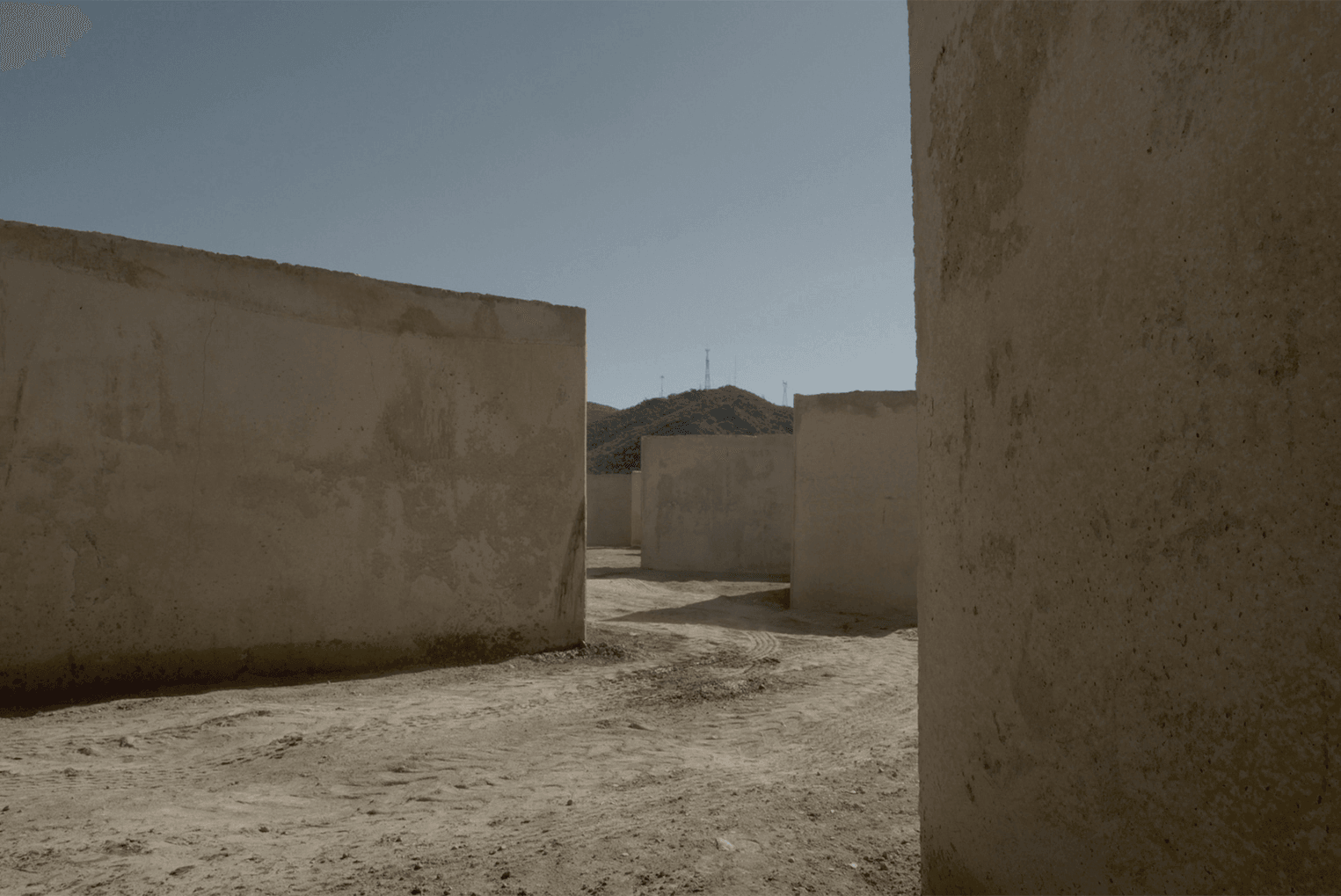
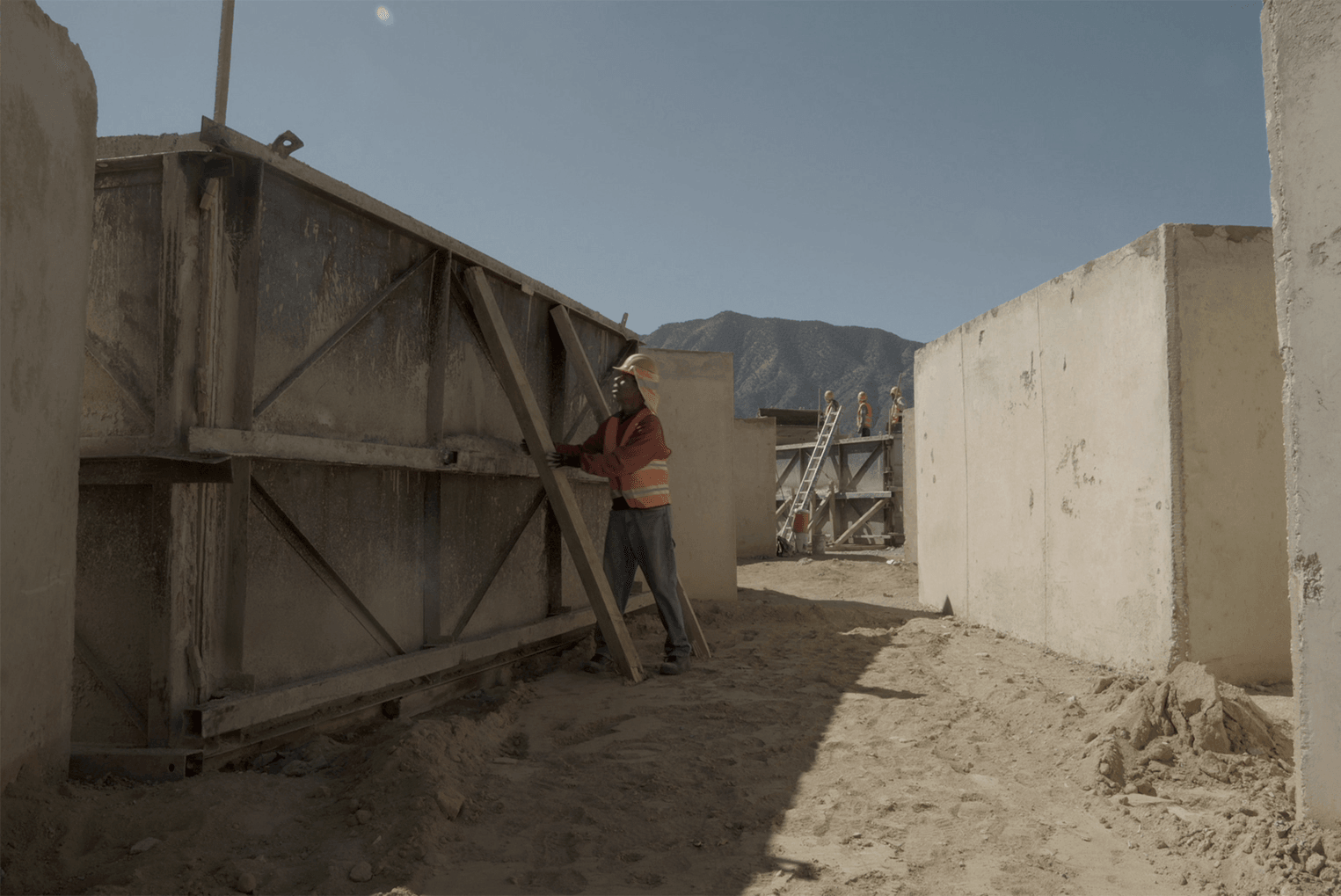
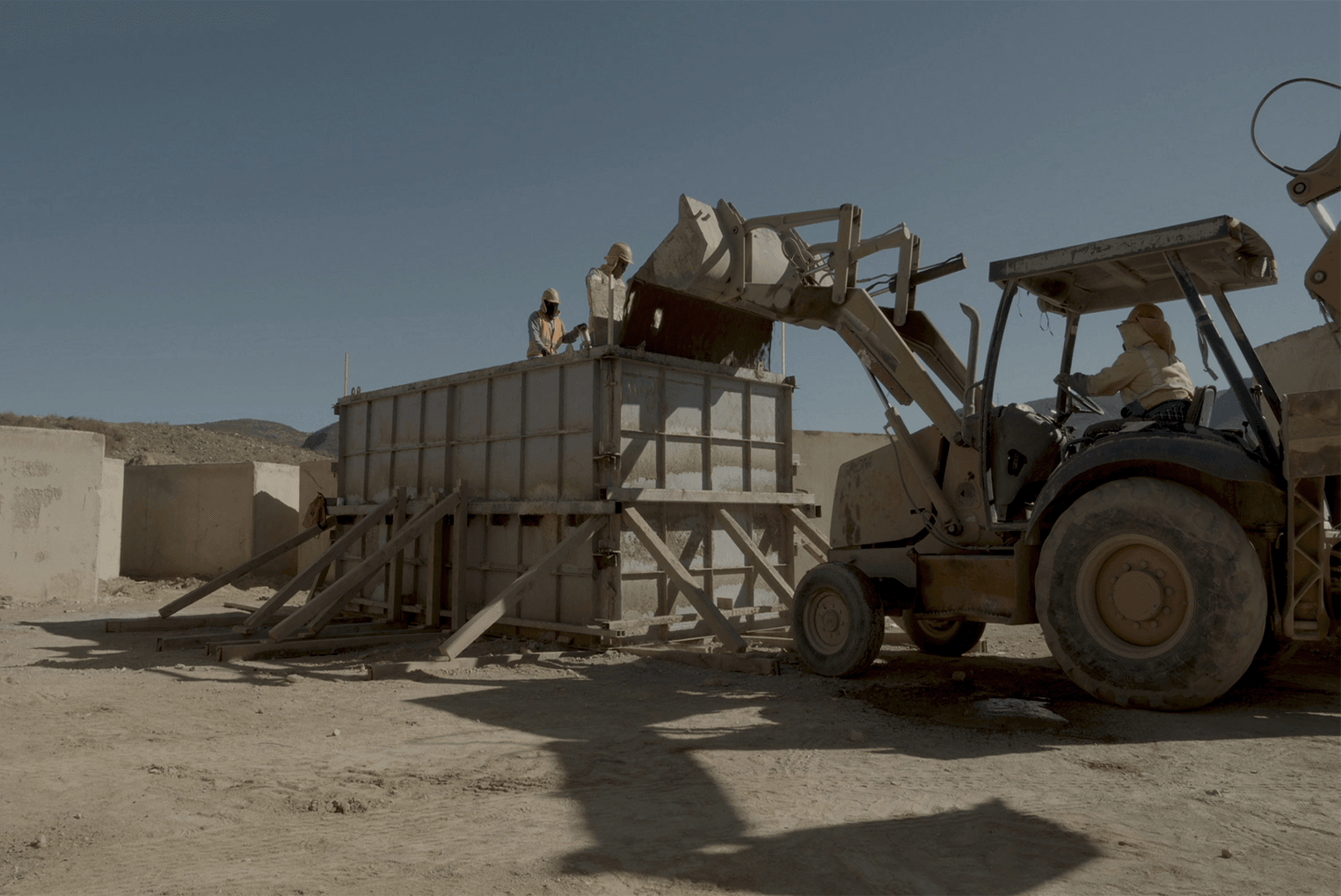
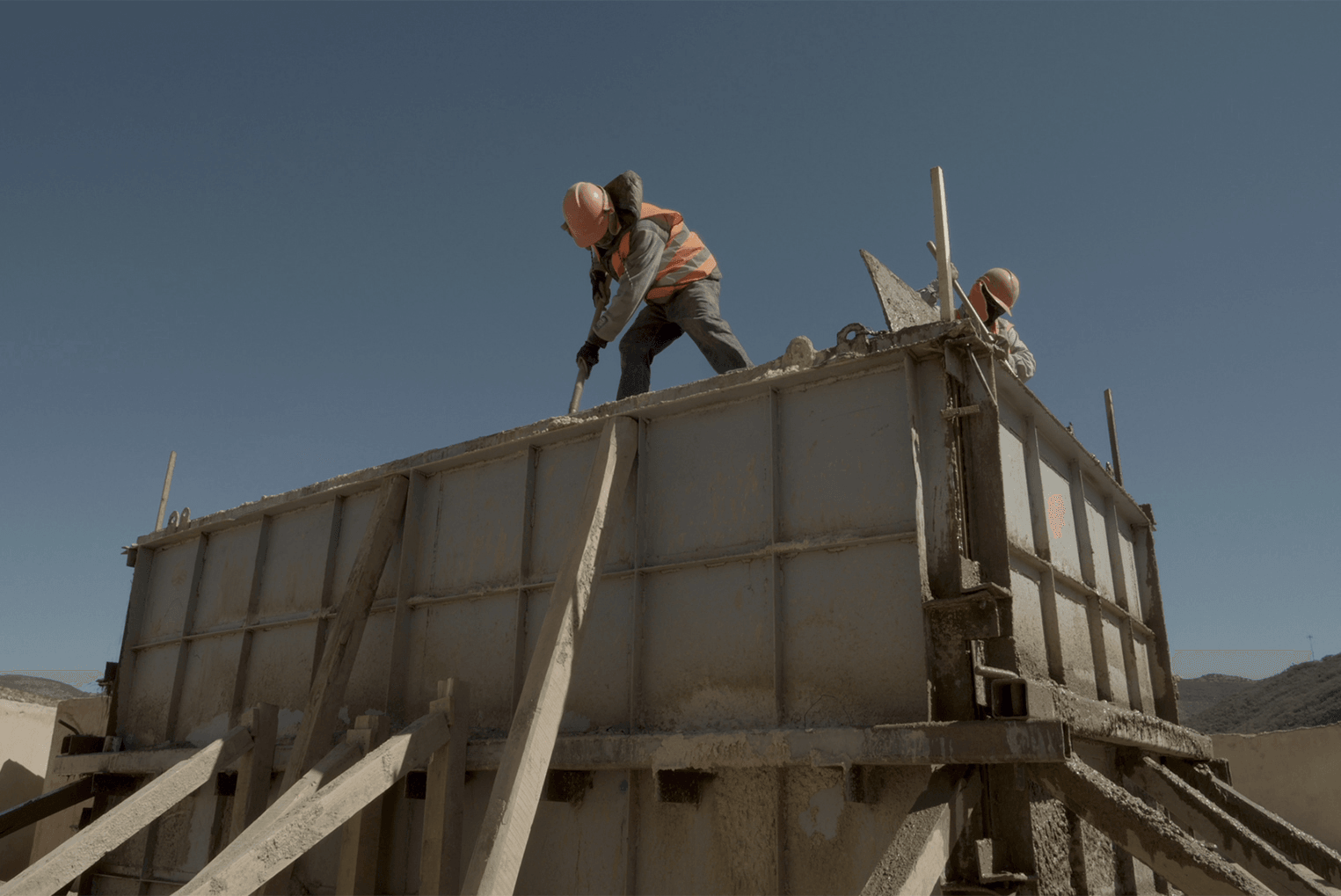
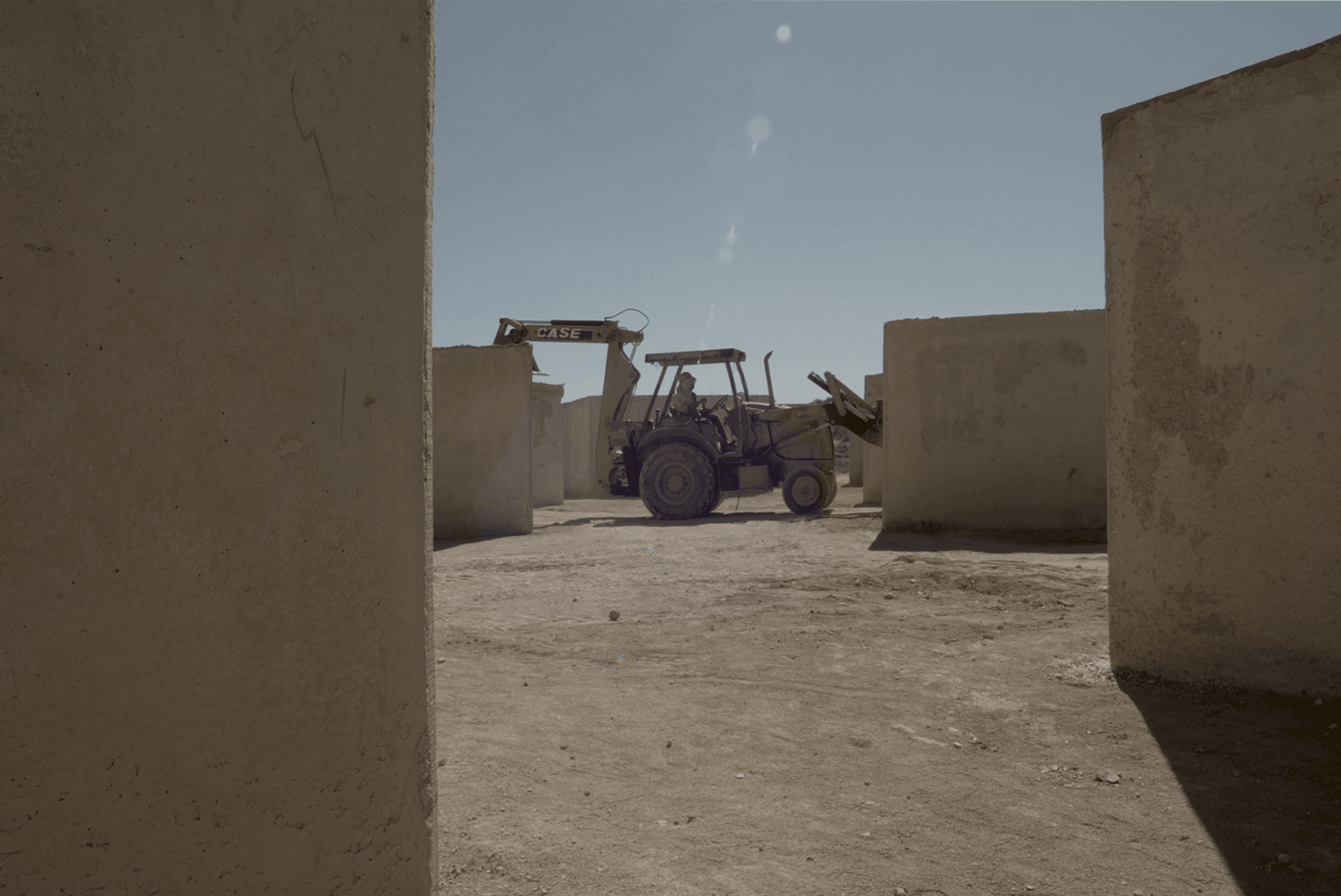
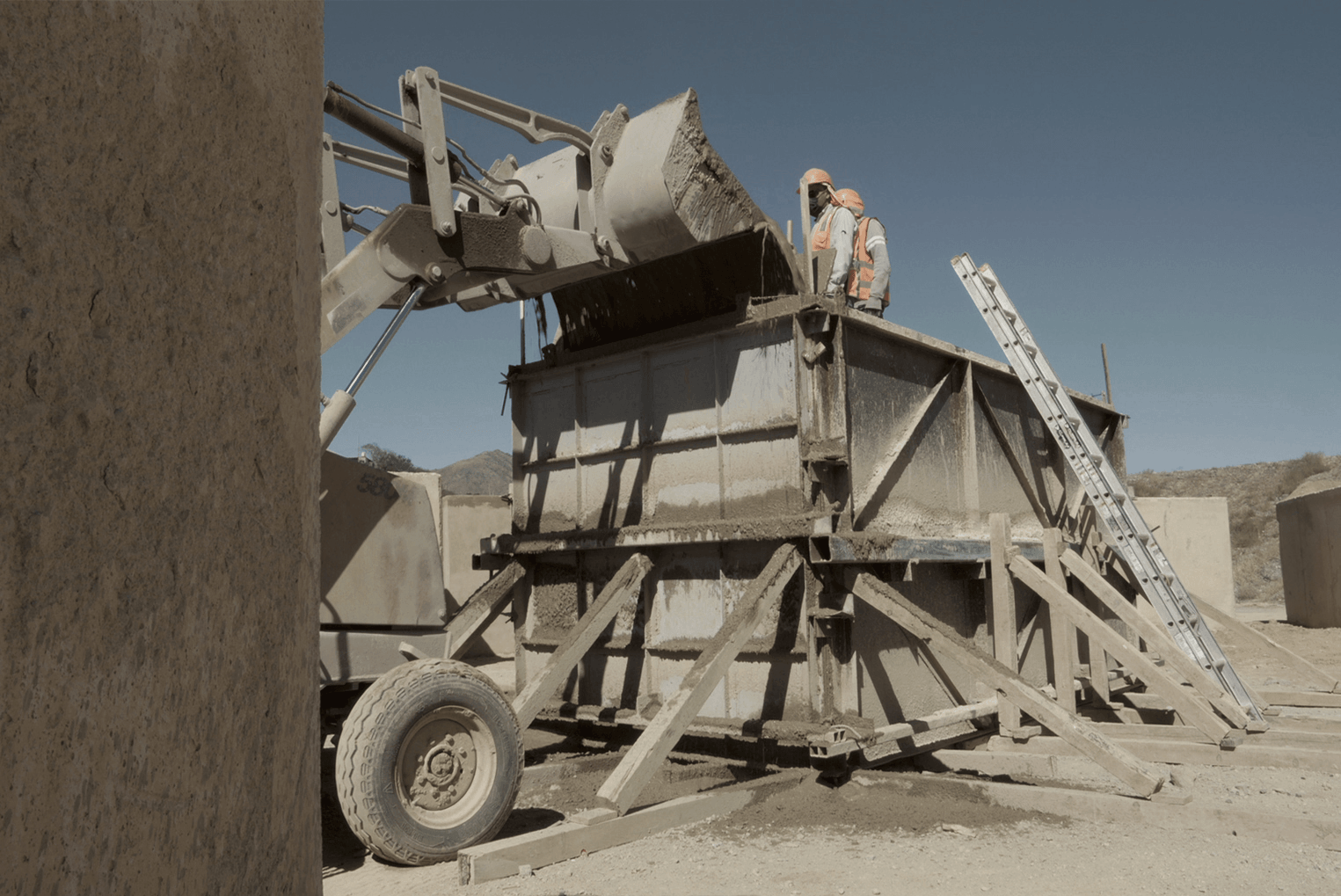
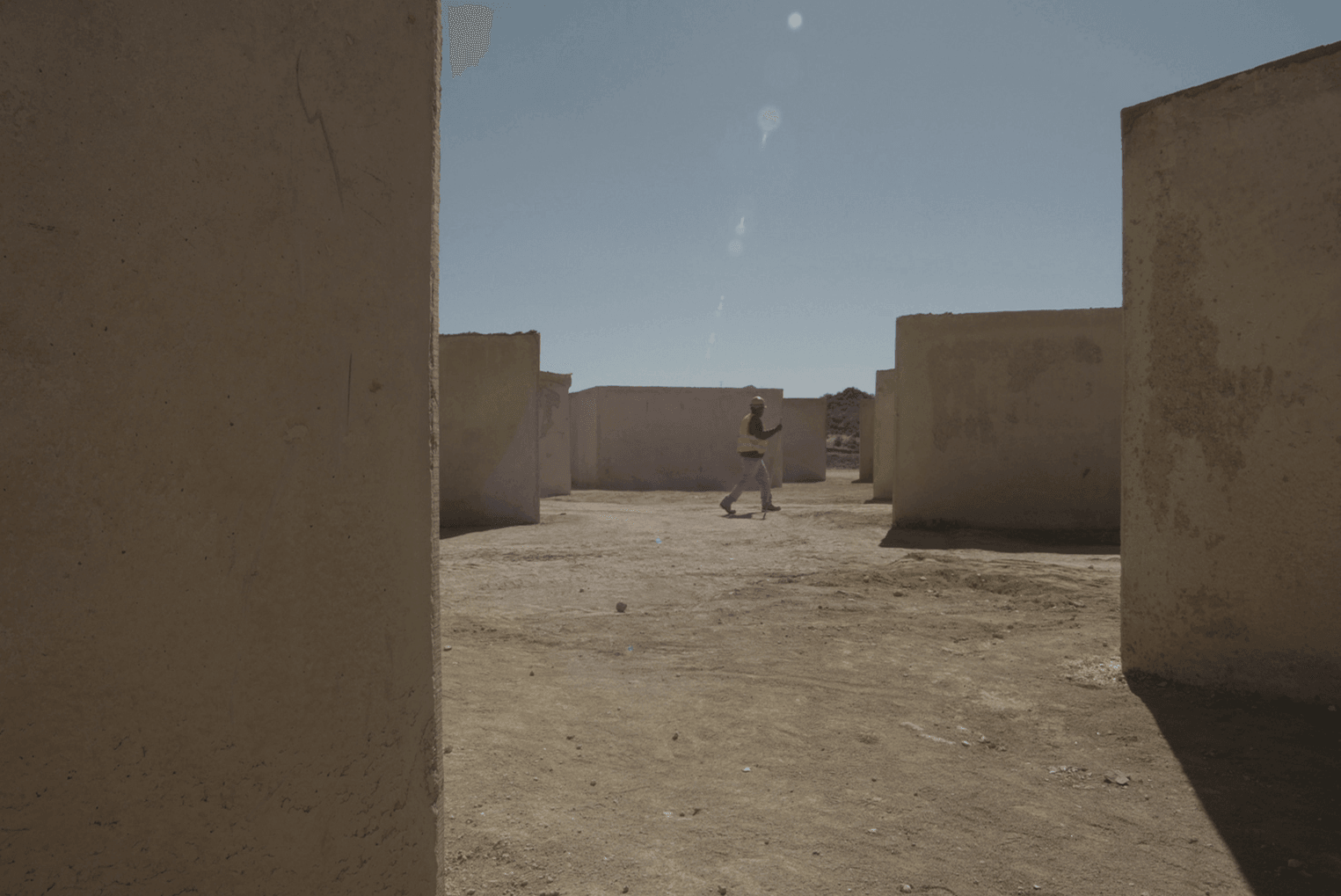
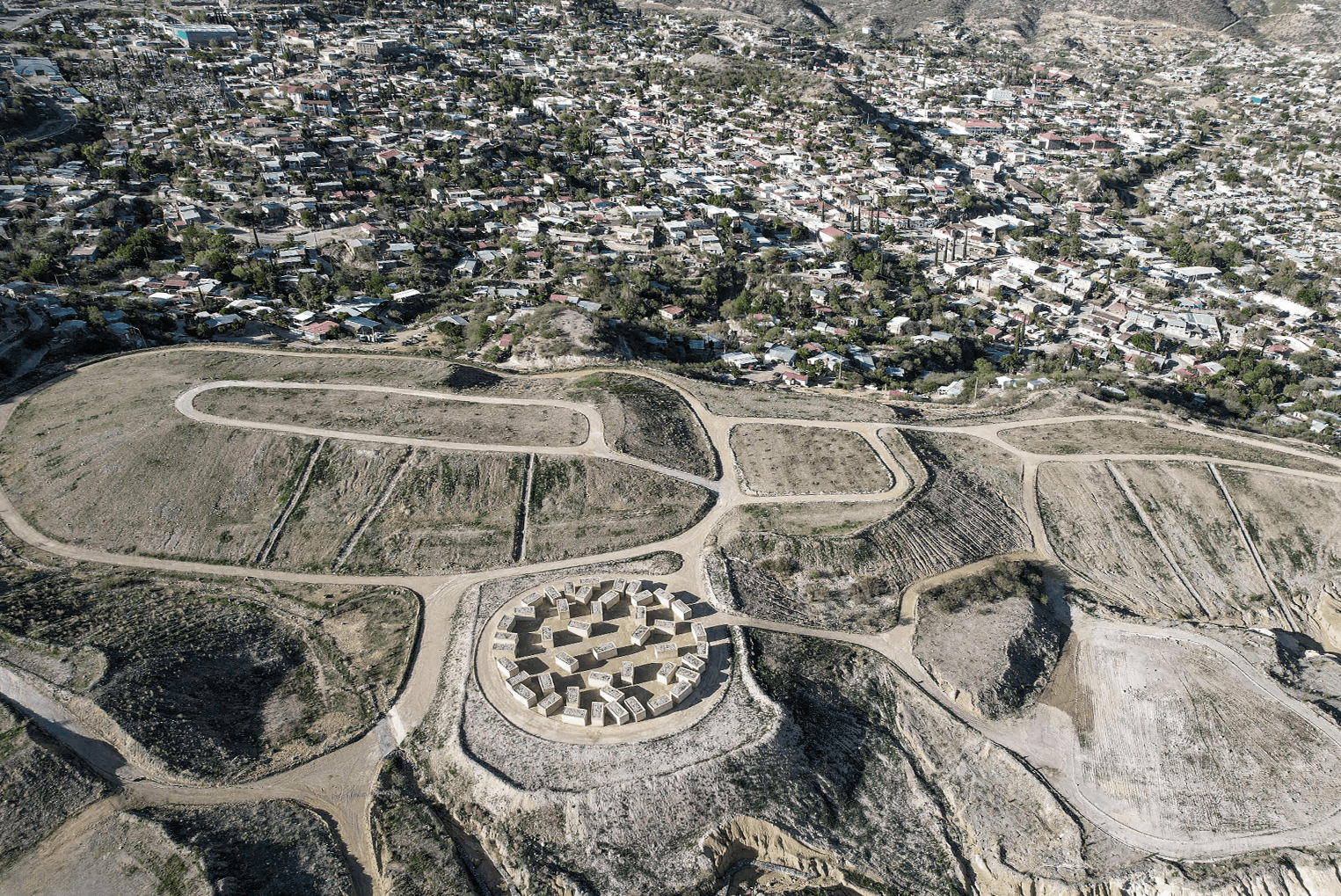
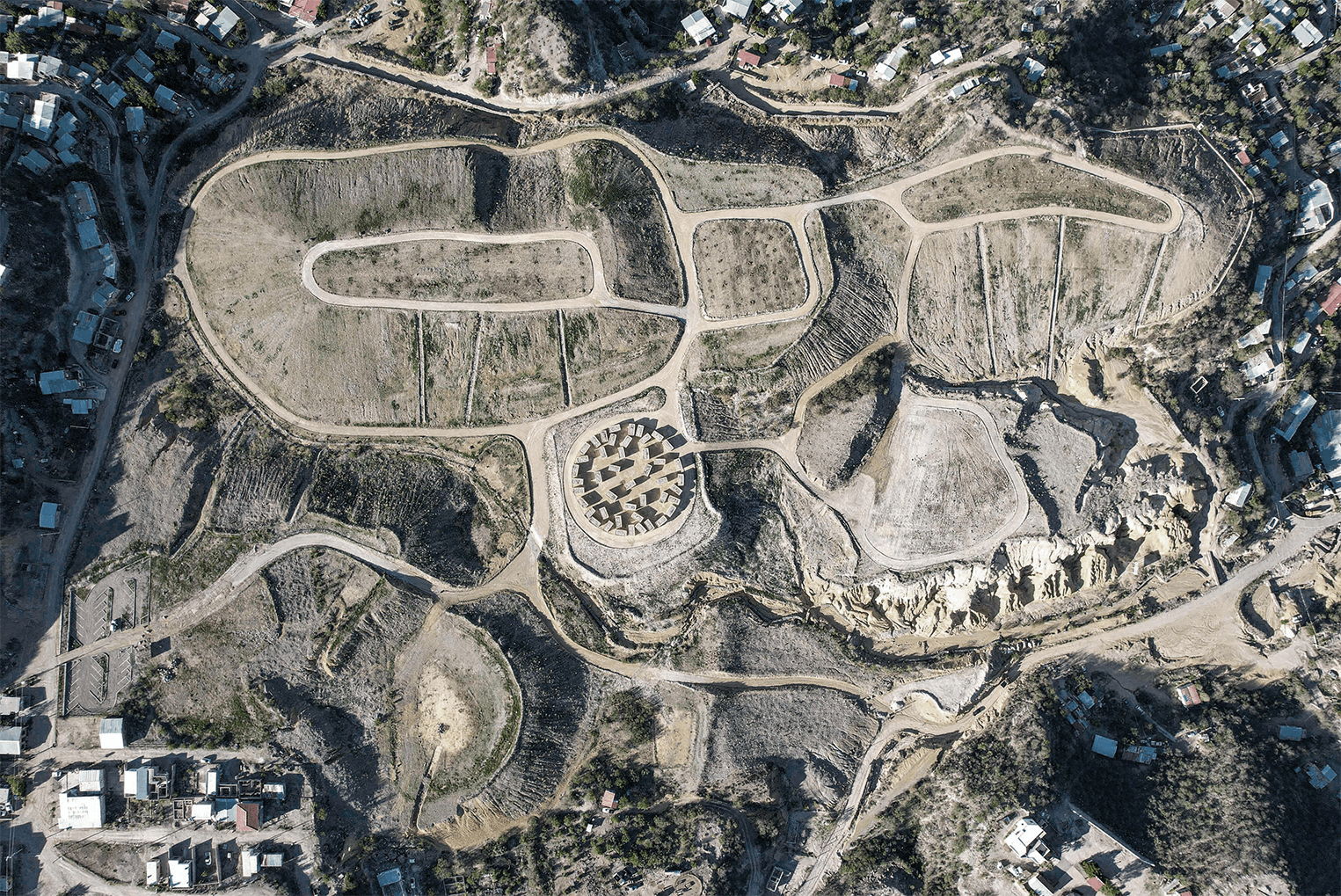
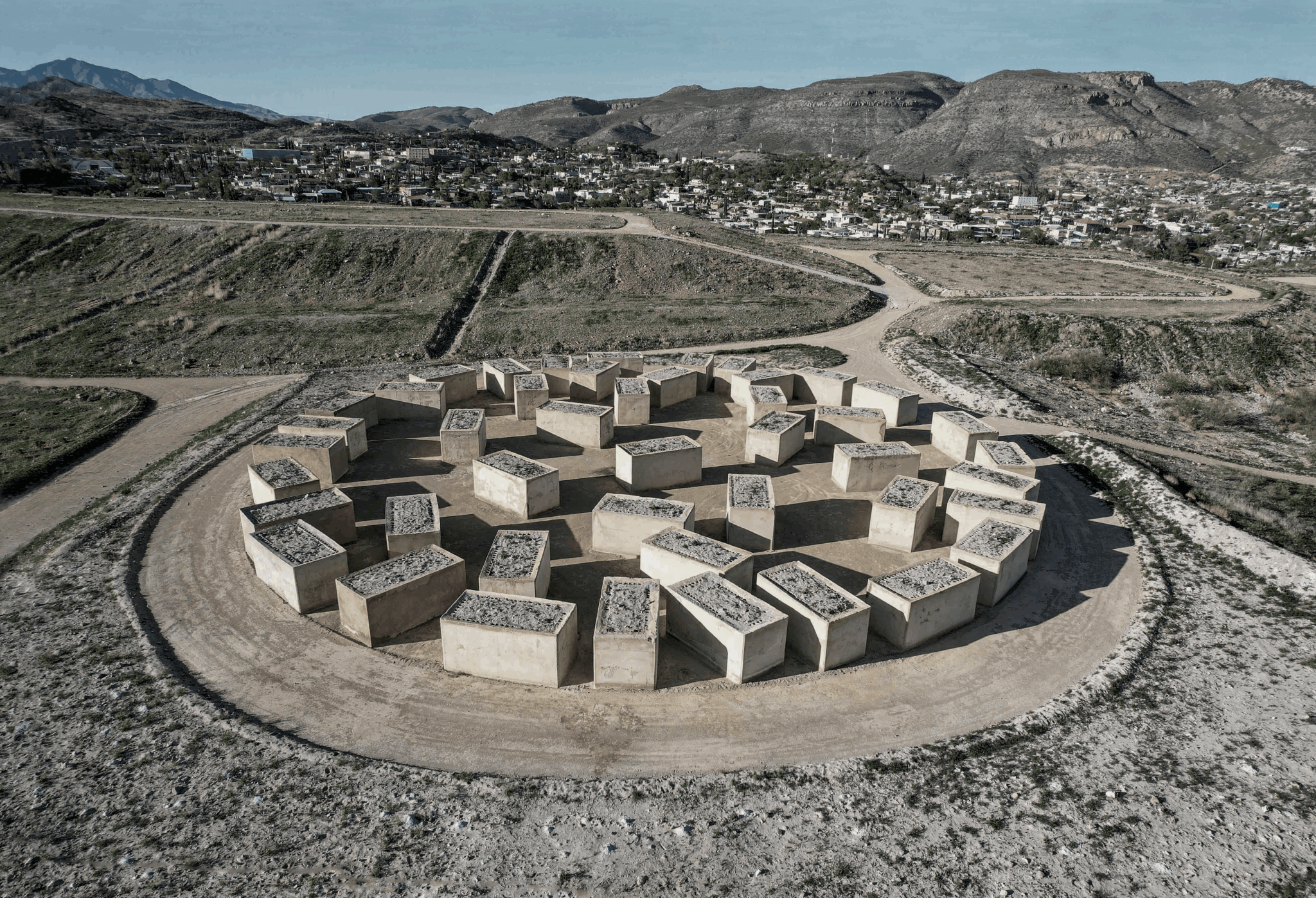
Image Credits
Jose Antonio Trillo G.G.


